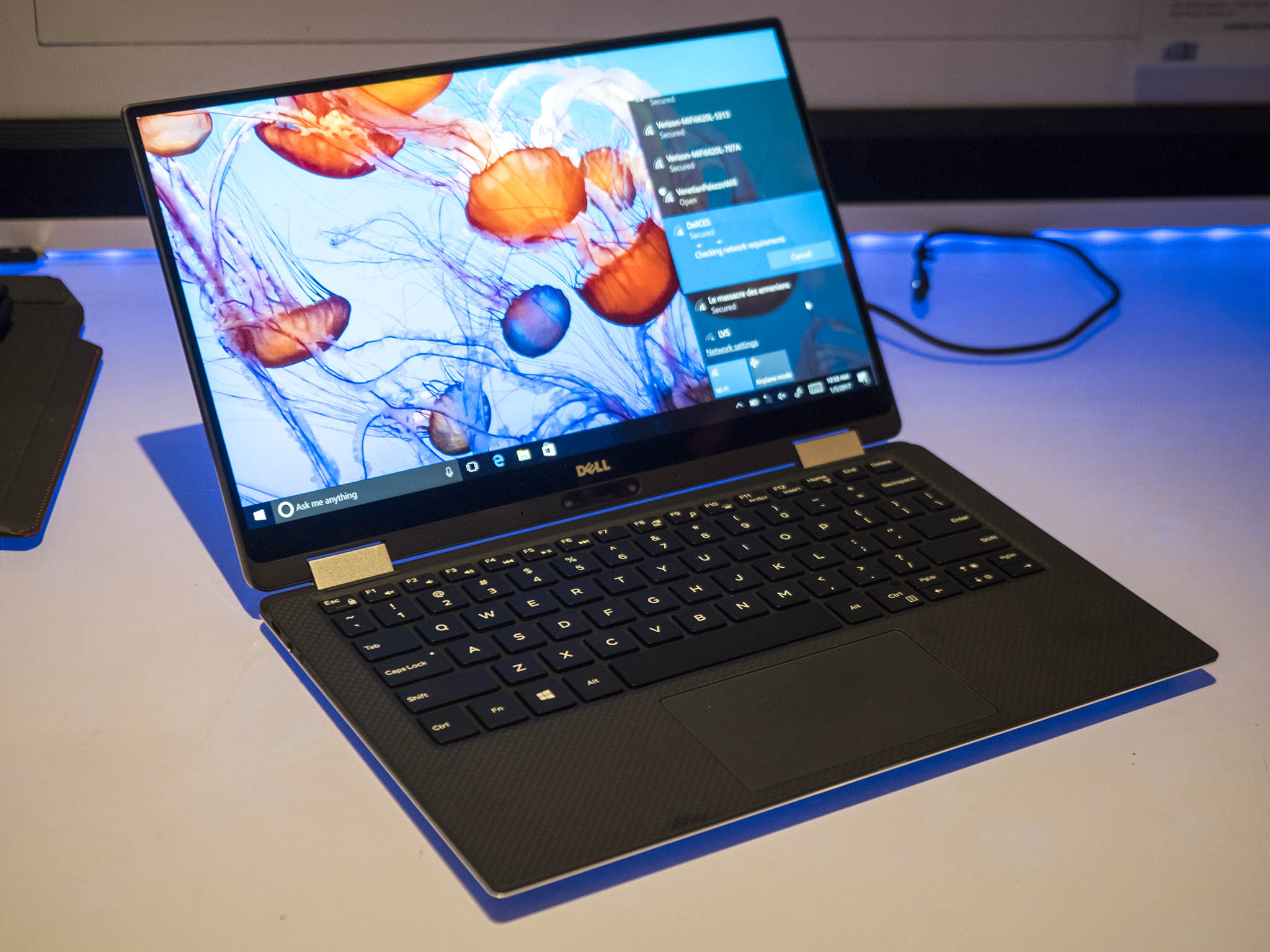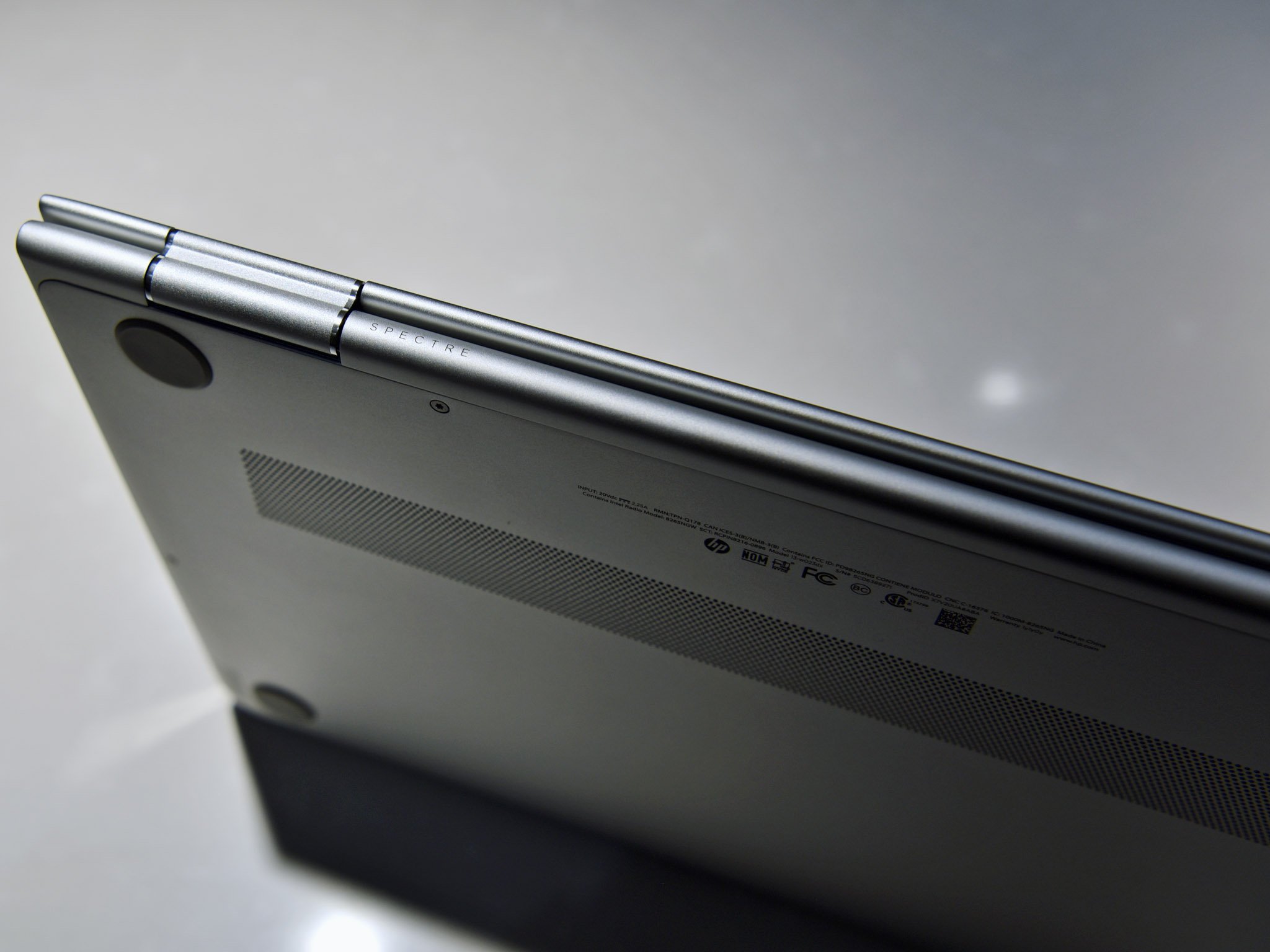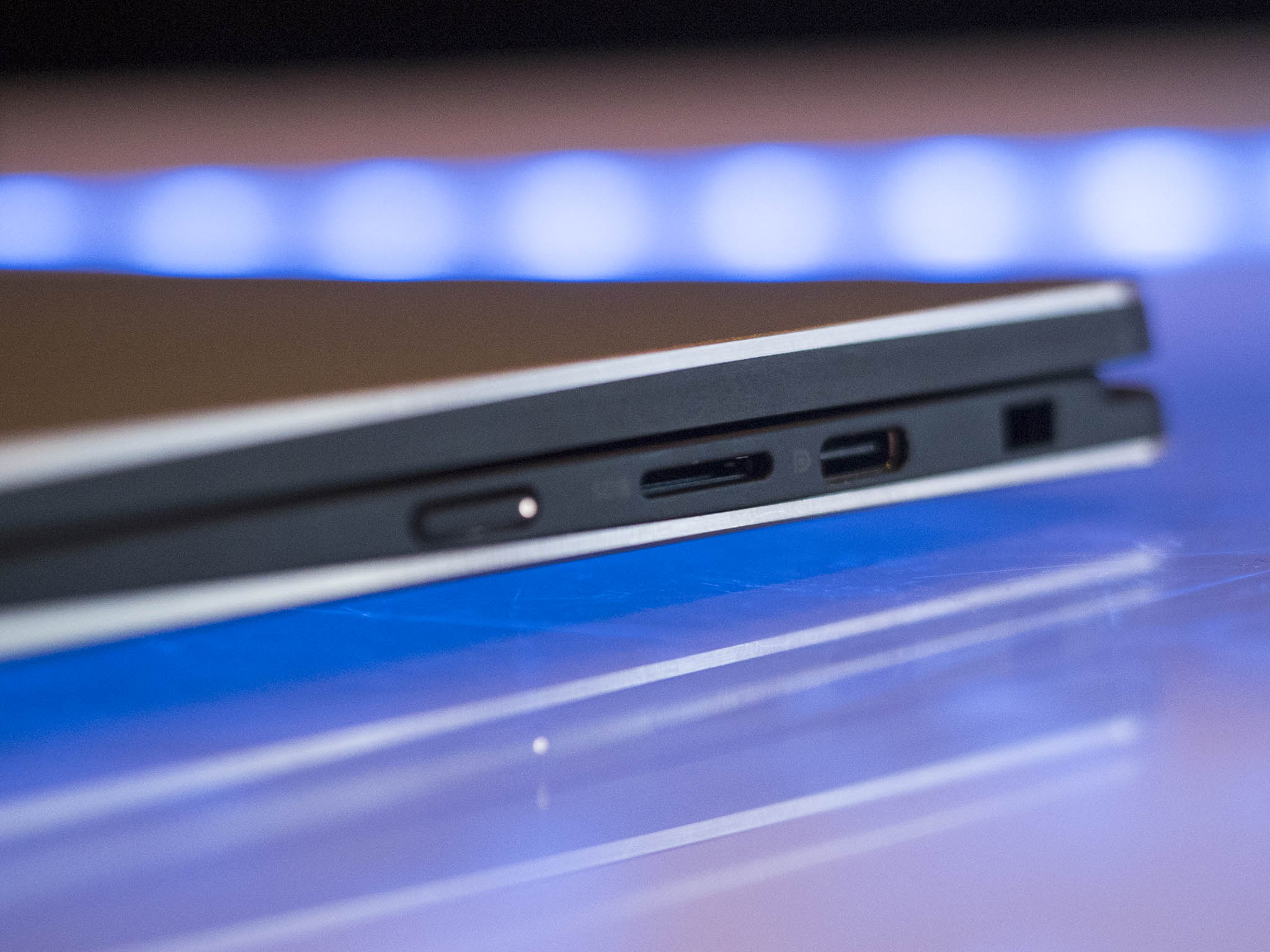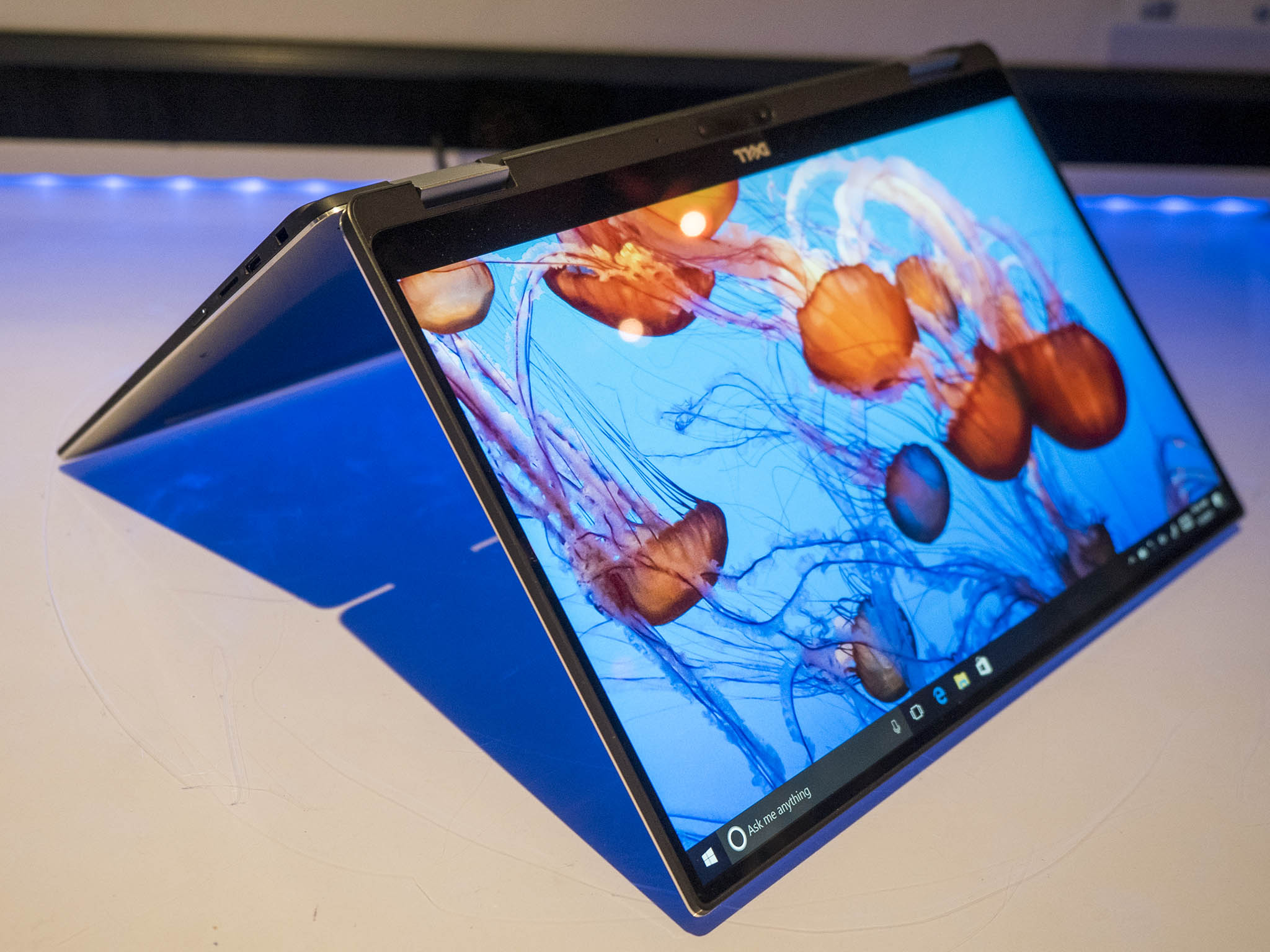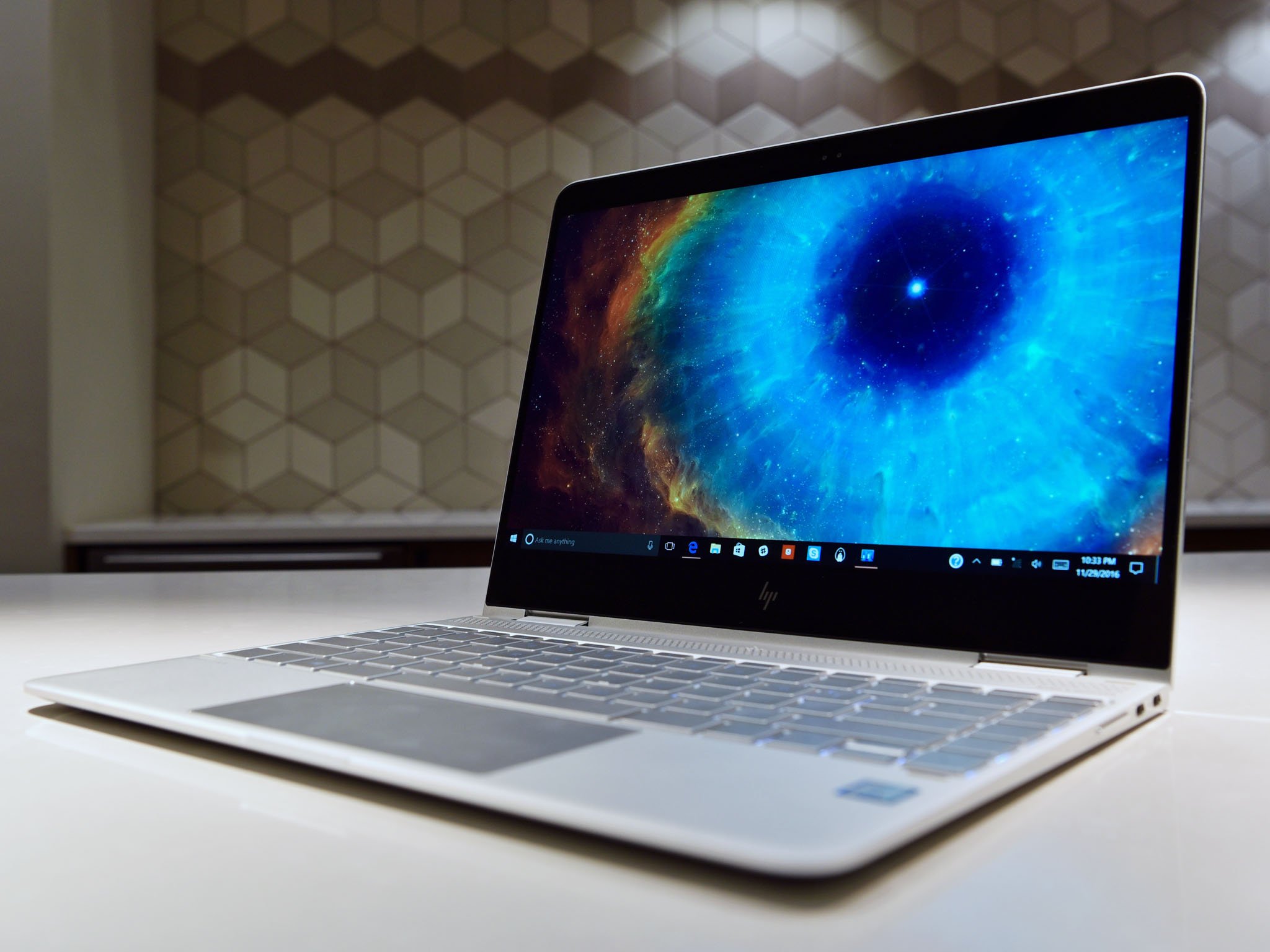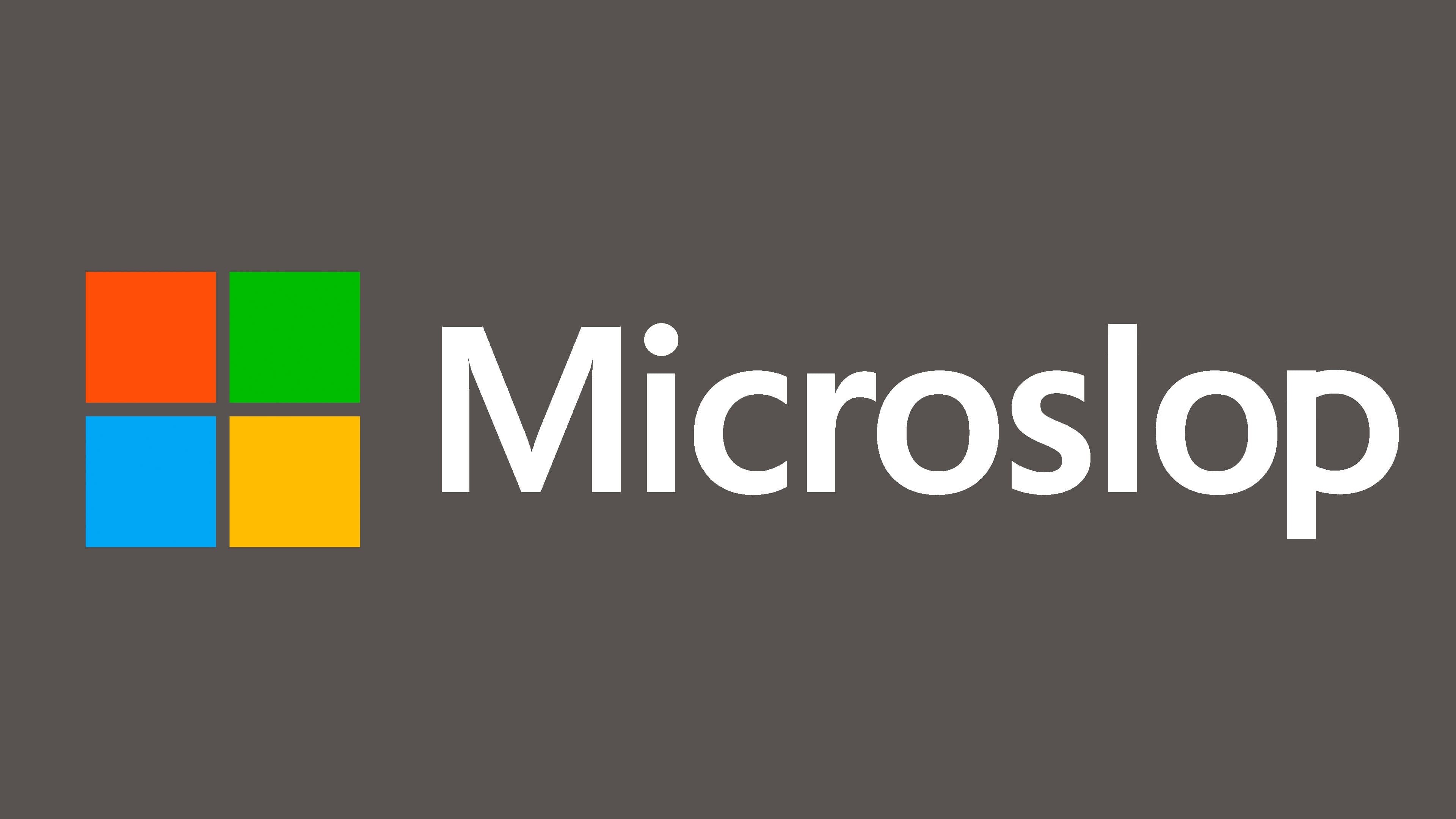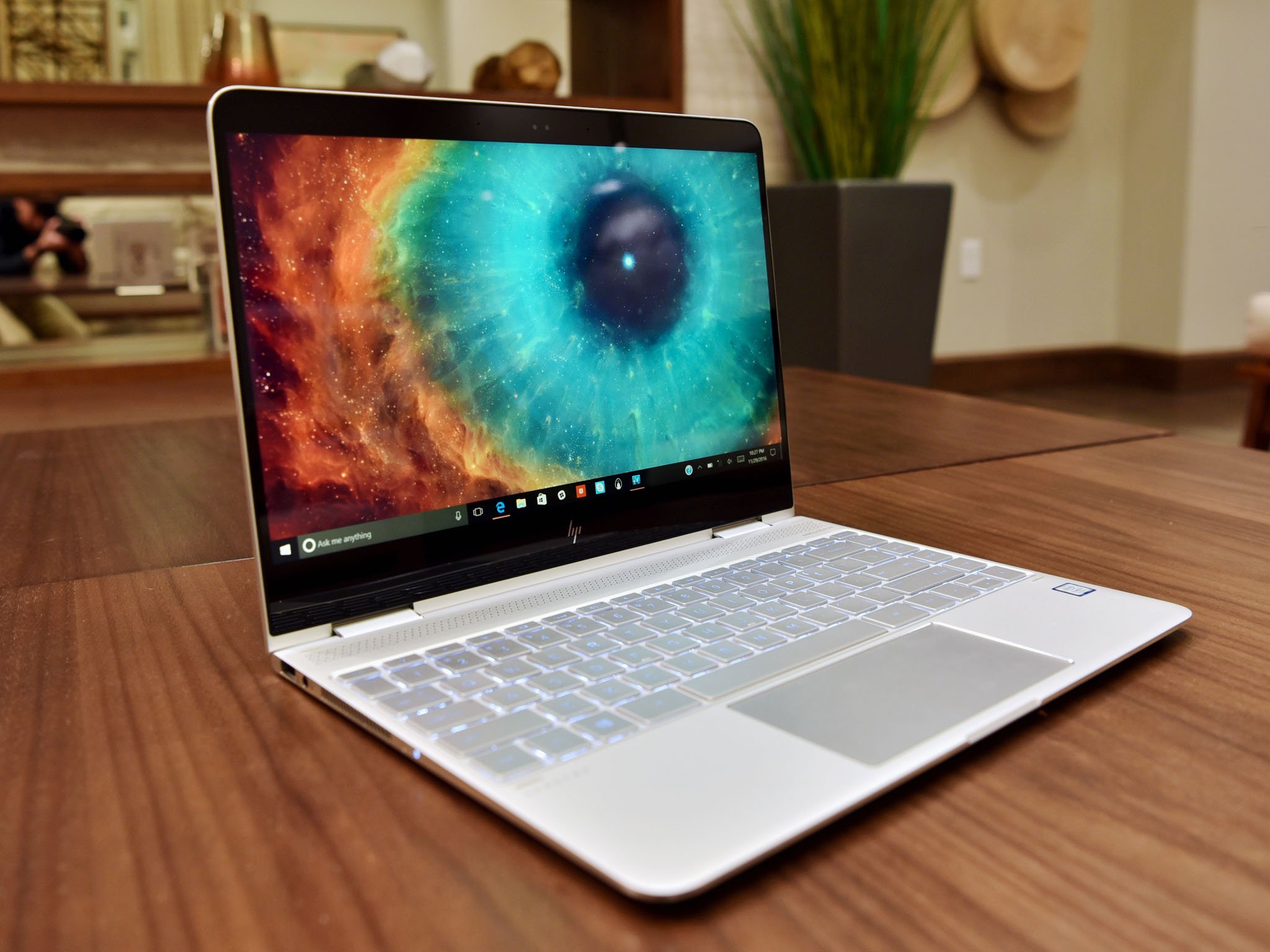
Both Dell and HP have really stepped up their ultrabook game during the last few years. The XPS 13 2-in-1 is a recent addition to Dell's XPS line, while the HP Spectre x360 13t has been chosen as a top convertible by many.
Are you in the market for a new ultrabook but you're not sure which is best for your needs? We focus on the differences between the HP Spectre x360 13t and the Dell XPS 13 2-in-1 to make it easier for you to choose between these two worthy devices.
Stacking up the specs


| Category | HP Spectre x360 | Dell XPS 13 2-in-1 |
|---|---|---|
| Processor | Seventh-gen Intel Core i5-7200U/i7-7500U | Seventh-gen Intel Core i5-7Y54/i7-7Y75 |
| Display size | 13.3 inches | 13.3 inches |
| Display resolution | 1080p touch 4K touch | 1080p touch 1800p touch |
| RAM | 8/16GB LPDDR3 1600MHz | 4/8/16GB LPDDR3 1866MHz |
| Graphics | Intel HD Graphics 620 | Intel HD Graphics 615 |
| Storage | 256/512GB, 1TB PCIe NVMe M.2 SSD | 128/256/512GB PCIe NVMe M.2 SSD |
| Battery | 57.8WHr | 46WHr |
| Wireless | Intel 8265 802.11ac Bluetooth 4.2 | Intel 8265 802.11ac Bluetooth 4.1 |
| Dimensions | 12.03 x 8.58 x 0.54 in 305 x 218 x 13.7 mm | 11.98 x 7.8 x 0.32-0.54 in 304 x 199 x 8-13.7 mm |
| Weight | 2.85lbs (1.29kg) | 2.7lbs (1.24kg) |
| Ports | 2x USB-C Thunderbolt 3 USB 3.1 3.5mm jack | USB-C 3.1 USB-C Thunderbolt 3 microSD 3.5mm jack |
| Convertible | Yes | Yes |
| Windows Ink | Yes | Yes |
| Price | From about $900 | From about $950 |
Display
While both displays are the same size at 13.3 inches, the Spectre x360 comes in a 4K option that is also compatible with the HP Active Pen and Windows Ink. (There is also now a Full HD configuration that works with Windows Ink.) The XPS 13 2-in-1 only goes up to 1800p — still a gorgeous IGZO display — so if you want 4K, you have to go with HP. All models of the XPS 13 2-in-1 are also compatible with Windows Ink, but the Dell Active Pen is sold separately.
HP did a great job reducing the bezel on either side of its display, but there is still quite a bit along the top and bottom. If it's the absolute least bezel you want, the XPS 13 2-in-1 is still rocking the nearly bezel-free design. If you're interested in nothing more than a 1080p touch display, Dell edges out HP.
Performance
HP and Dell have some great customization options on their websites, making the performance category pretty much a draw except when it comes to processors. The Spectre x360 comes with either an Intel Core i5-7200U or an Intel Core i7-7500U processors, and the XPS 13 2-in-1 has the lesser Intel Core i5-7Y54 or the Intel Core i7-7Y75. Comparing the two Core i7 processors, the i7-7500U in the Spectre x360 delivers more speed, but the i7-7Y75 uses only about a third of the power.
All the latest news, reviews, and guides for Windows and Xbox diehards.
Geekbench 4.0 benchmarks (higher is better)
| Laptop | Processor | Single-core score | Dual-core score |
|---|---|---|---|
| XPS 13 2-in-1 | Intel Core i7-7Y75 | 3,680 | 5,821 |
| HP Spectre x360 | Intel Core i7-7500U | 4,100 | 7,469 |
| XPS 13 2-in-1 | Intel Core i5-7Y54 | 3,136 | 4,589 |
| HP Spectre x360 | Intel Core i5-7200U | 3,688 | 7,181 |
If it's processing speed you need, you'll want to go with the HP Spectre x360.
The XPS 13's battery is a bit smaller at 46WHr compared to the Spectre's 57.8WHr, but, again, the processor sucks up less power. Bottom line: Both laptops will last you a workday under normal circumstances.
The XPS 13 2-in-1 does not have a 1TB SSD option, so if you absolutely need a lot of internal storage, you'll likely want to go with the Spectre x360. Also, the XPS 13 2-in-1's base configuration has 4GB RAM and a 128GB SSD — if you'd like a well-built laptop that looks flashy but doesn't break the bank, there's really no reason not to go for the cheaper HP Spectre x360 base model with 8GB of RAM and a 256GB SSD.
Function
One area where the Spectre x360 clearly wins is the IR camera. It has a facial-recognition function that works with Windows Hello, letting you log in just by looking at your screen. The camera is also placed above the display in the traditional spot, whereas the Dell XPS 13's webcam is below the display. That's not a huge deal, but some people dislike the placement. To make up for lack of an IR camera, the XPS 13 2-in-1 has a fingerprint reader that's compatible with Windows Hello.
Ports are pretty much a draw. the HP Spectre x360 offers an extra USB-C Thunderbolt 3 port but has one less USB 3.1 port and lacks the SD card reader in the XPS 13.
If you don't use ports other than to connect a few devices here and there, you can get away with either option. Those of you who use a lot of peripherals through Thunderbolt 3, however, will appreciate the extra port on the HP Spectre x360.
Before the XPS 13 was available in a 2-in-1 model, it was easy to direct buyers in the right direction. If you need a laptop that folds around into tablet mode, grab the HP Spectre x360. Not so anymore. If you absolutely need a laptop that is more than just a notebook, both are great options thanks to a durable build and similar hardware. It's best, in this case, to look at the display and compare resolution and price.
Design and mobility
If you're in the market for an ultrabook that looks like it cost a fortune, either of these will do. The Dell XPS 13 2-in-1 has an aluminum chassis with a carbon-fiber inside that is soft to the touch and doesn't get hot when you're putting it through a heavy workload. The HP Spectre x360 likewise has a beautiful aluminum body — out Daniel Rubino, in his review, called it "the top of its class regarding design and premium feel." The only downside, he continued, is the lack of a soft-touch interior like the XPS 13 has.
The keyboards on both laptops have comfortable key spacing and sufficient key travel for easy typing. The touchpad on the Spectre x360 is not a Precision touchpad like the XPS 13's, and you might notice a bit of a delay when using it. It's also quite a bit wider than the touchpad on the XPS 13, and some of you with large hands might notice you're hitting the sides once in awhile when typing.
To be fair, the size and weight dimensions are almost the same, but those of you looking for the absolute lightest and smallest laptop will be interested in the marginal difference. The HP Spectre x360 weighs 2.85 pounds (1.29kg), while the XPS 13 2-in-1 weighs 2.7 pounds (1.24kg).
Why is the XPS 13 2-in-1 lighter? It has more of a tapered design that gets thinner near the front. The back of the XPS 13 is about the same thickness as the Spectre x360 is across its entire body. The Dell XPS 13 also has a marginally smaller chassis thanks to the InfinityEdge display. If it's the absolute smallest, lightest laptop you seek, the XPS 13 2-in-1 should be your choice.
Price
The price difference is pretty close when you compare the XPS 13 2-in-1 with the Spectre x360 — only about $50, and the Spectre x360 is the cheaper of the two. Note that you're getting 8GB of RAM and a 256GB SSD in the Spectre x360, whereas you're getting 4GB of RAM and a 128GB SSD in the XPS 13 2-in-1.
As you scale up in specs, specifically looking at the 4K Spectre x360 model and the top 1800p XPS 13 2-in-1 model, it's clear that the HP Spectre x360 remains cheaper.
HP Spectre x360 vs Dell XPS 13 2-in-1: Conclusion
In most scenarios, the HP Spectre x360 is the better laptop. Choosing a laptop for yourself will, of course, ultimately come down to your gut feeling, but you now know what you're getting into. Either one will serve you well over the course of their lives, and you won't be disappointed with either of these laptops.

Cale Hunt brings to Windows Central more than nine years of experience writing about laptops, PCs, accessories, games, and beyond. If it runs Windows or in some way complements the hardware, there’s a good chance he knows about it, has written about it, or is already busy testing it.
